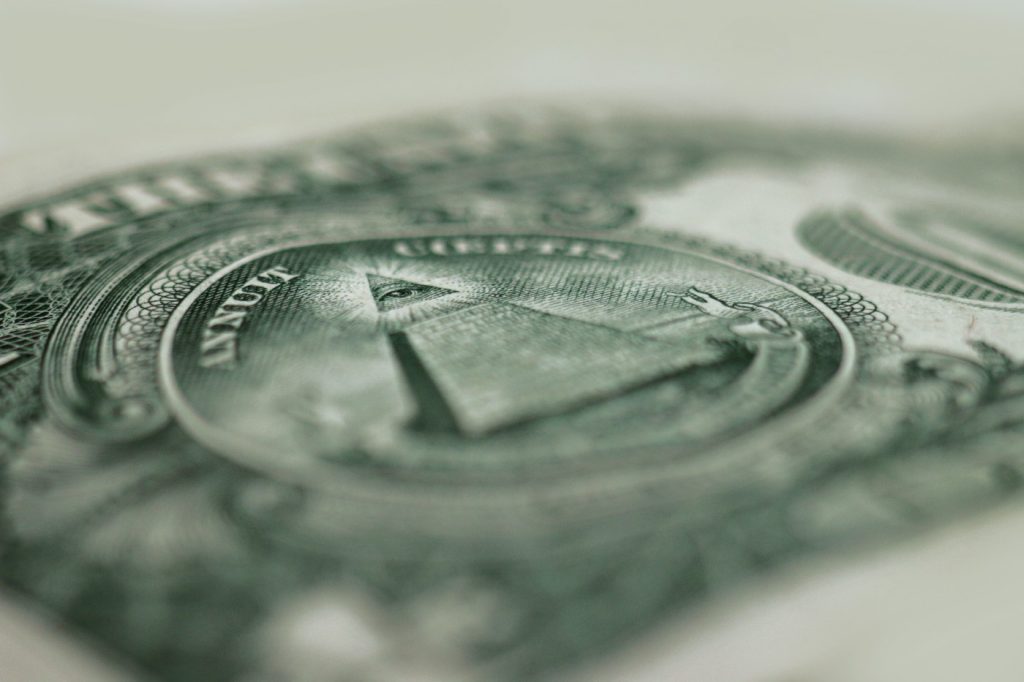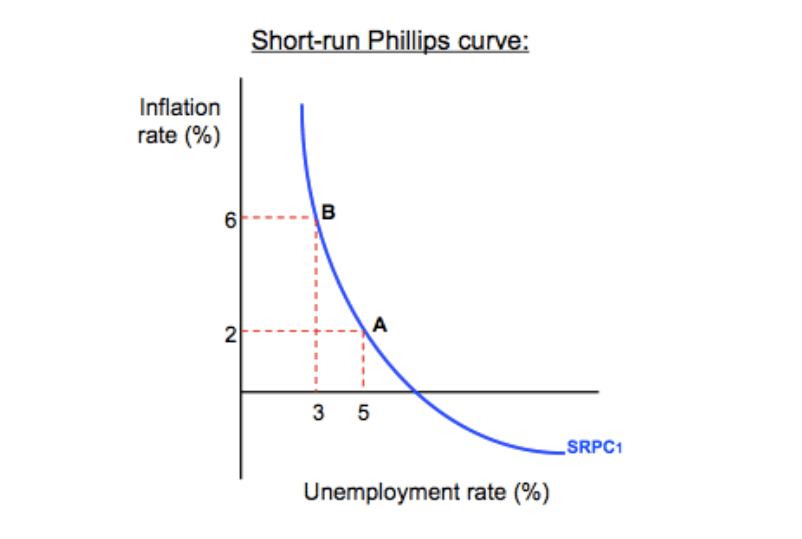Key Takeaways:
- The former Treasury Secretary sees dark times ahead, with unemployment rate above estimations.
- The inverse correlation between unemployment rate and inflation is not direct.
- U.S. economy could face recession and "stagflation," says the expert.

YEREVAN (CoinChapter.com) – Former Treasury Secretary Lawrence Summers commented on inflation’s alarming growth rate. The official said the U.S. would need an unemployment rate above 5% for a sustained period in order to curb the 8.6% inflation, the hottest pace in four decades.
We need five years of unemployment above 5% to contain inflation. In other words, we need two years of 7.5% unemployment or five years of 6% unemployment, or one year of 10% unemployment. There are numbers that are remarkably discouraging relative to the Fed Reserve’s view.
said Summers.
Higher unemployment rate to fight inflation?
Meanwhile, the Federal Reserve raised the interest rate by 75 basis points (bps) on Jun. 15, the biggest increase since 1994. The Fed officials estimated an inflation rate drop to 3% in 2023 and nearly 2% in 2024. As inflation eases, the unemployment rate could subsequently rise from 3.6% in May 2022 to 4.1% by 2024.
Summers further questioned if Fed is “prepared to do what is necessary” to stabilize inflation if the need arises to take drastic measures. The official evoked his prior calls that the Fed’s quantitative tightening should be similar in scale to former Chair Paul Volcker’s challenges. In detail, the Volcker had to “engineer a deep recession” and double-digit unemployment 40 years ago to get inflation under control.
Also read: Bitcoin (BTC) price plunges below $25K following headwinds from growing inflation — what’s ahead?
However, the direct inverse correlation between the unemployment rate and inflation is not undisputed.
The long-run Phillips curve
Data indicates that inflation has historically had an inverse relationship with unemployment. This means that when unemployment drops, inflation rises. And vice versa, higher unemployment equates to lower inflation. The Phillips curve best represents the principle.
As the image below demonstrates, an economy can either experience 3% unemployment at the cost of 6% of inflation or increase unemployment to 5% to bring down the inflation levels to 2%.

The underlying principle is simple enough: as more people work, they have the power to spend, leading to a demand increase. And prices (inflation) soon follow. The opposite is true when unemployment rises. As Summers suggested, curbing the 8.6% inflation is paramount.
Also read: Bitcoin bottom finally in, says analyst who predicted BTC crash in 2021.
However, the curve didn’t do as well since the ’70s, economics textbooks suggest, therefore “not usable for policy purposes.”
Data from the 1970’s and onward did not follow the trend of the classic Phillips curve. For many years, both the rate of inflation and the rate of unemployment were higher than the Phillips curve would have predicted, a phenomenon known as “stagflation. ”
Suggests Economics (Boundless).
Is the U.S. economy facing a recession?
Meanwhile, economists Aichi Amemiya and Robert Dent at financial services company Nomura predicted a recession ahead for the U.S. economy, given the “rapidly slowing growth momentum.”
With […] Fed committed to restoring price stability, we believe a mild recession starting in the fourth quarter of 2022 is now more likely than not. […] With monthly inflation through 2022 likely to remain elevated. We believe the Fed response to the downturn will initially be muted.
commented the experts.
Also read: Bitcoin (BTC) rally fizzles out after Fed’s 0.75% rate hike bomb — dangerous times ahead.
Loretta Mester, the Federal Reserve Bank of Cleveland President, agreed with the outlook, noting the increased risk of recession. So will Summers’predictions come to life? It’s not yet clear. However, the former Treasury Secretary painted a gloomy picture.
It is likely to be necessary to make much more difficult choices than yet contemplated between acceptance of slack and acceptance of sustained, above-target inflation. In that way, I fear we are going to have both elements of secular stagnation and secular stagflation.
said Summers.


